Environment and Global Climate Change
All countries depend heavily on their environment: Forests, grasslands, rivers, lakes, coral reefs and other ecosystems provide essential resources that provide food, water, shelter and energy. But those ecosystems and those resources are under incredible pressure.
In just 60 years, the world’s population has accelerated from 2.5 billion people to 7 billion people today. By 2050, another 2 billion will join our planet—mostly in developing countries—increasing the rapidly growing demand for our planet’s resources.
Threatening to make these problems worse is global climate change, driven by fossil fuel use and deforestation. We know a changing climate will hurt the poor most, undermining the livelihoods of millions of people struggling to break free from poverty.
We help communities better manage and benefit from their natural resources by:
- Supporting land tenure policies and resource rights, giving people the right to own and manage natural resources responsibly;
- Fighting deforestation and planting trees, so that forests continue to provide clean water and air, improve agricultural productivity, slow the rate of climate change, counter desertification, and support economic growth;
- Protecting biodiversity, so that people don’t lose essential goods and services generated by intact and functional ecosystems, and species aren’t lost to extinction; and
- Mitigating and adapting to the effects of climate change, so countries can grow without harming the environment while strengthening their resilience to warmer temperatures and weather shocks.
For three decades, we have helped deliver ecological, economic, and environmental results:
- In 2010, we helped at least 930,000 people worldwide improve their incomes through sustainable natural resource management and conservation activities.
- In 2011 and 2012, we worked with governments in Kenya, Liberia, South Sudan, Tanzania, Kosovo, Ethiopia and Timor-Leste to evaluate and recommend policy reforms in support of stronger land rights and management to give people more secure access to land.
- By 2016, we will help 20 partner countries develop and implement strategies for increasing their economic growth with lower emissions.

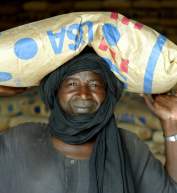

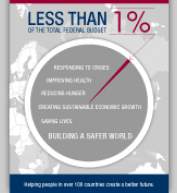

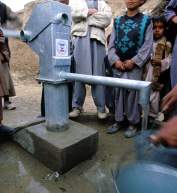

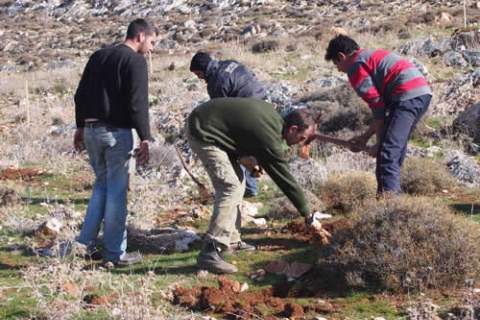

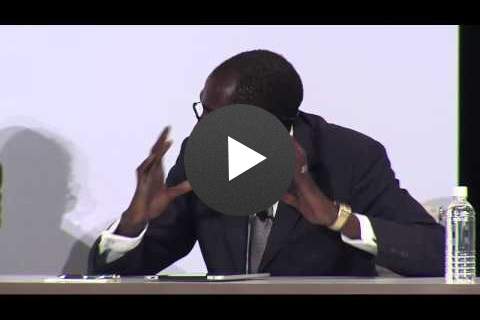

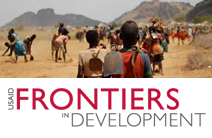
Comment
Make a general inquiry or suggest an improvement.